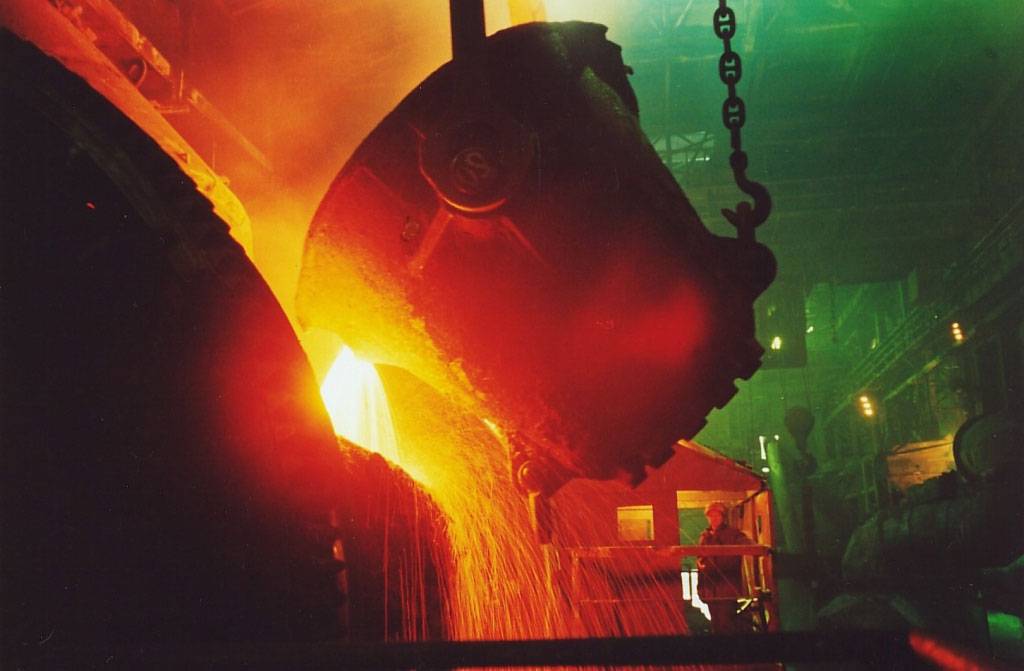#ARCTIC. #SIBERIA. THIS IS TAIMYR. Today, the last matte in the village of Nikel was melted in the smelting shop of the Kola MMC. This historic and symbolic event is part of Nornickel’s comprehensive program to close non-environmentally friendly production facilities. Now the smelting shop is the oldest enterprize in the company.
It was decided to close the shop in October last year. During the year, a number of activities related to its shutdown were carried out. The closure of the floating plant will completely eliminate sulfur dioxide emissions in the transboundary zone with Norway. Thanks to the program, they plan to reduce sulfur dioxide emissions at the Kola MMC by 50 percent at the end of the year and by 85 percent – at the end of 2021.

The closing ceremony of the floating shop can be watched live on the YouTube channel of the Murmansk television company TV-21 and VKontakte.
Nornickel not only fulfilled its obligations to shut down physically and morally obsolete production facilities, but also fully provided a program of social guarantees for its personnel: comfortable conditions for workers to move to other production facilities of the company, a retraining program, and a pension program. In 2020–2022, Nornickel will allocate more than 900 million rubles for a set of measures and social programs for the smelter employees.
The company plans to promote the integrated development of the territory by supporting investors and new types of economic activity, as well as modern production facilities in the Pechenga region, creating new jobs and providing new sources of income and taxes.
As a reminder, the Nickel plant was closed in Norilsk four years ago. The closure of the city’s oldest metallurgical enterprise has become a unique project that has no analogues. The obsolete production was stopped, the capacities were redistributed among the enterprises of the company, the volumes of production – preserved, the workers – employed, retrained for the professions in demand.
Text: Olga Polyanskaya, Ekaterina Makismova, Photo: open sources



